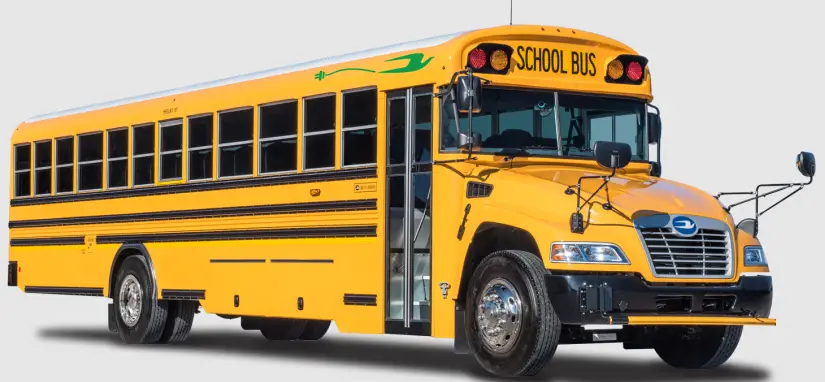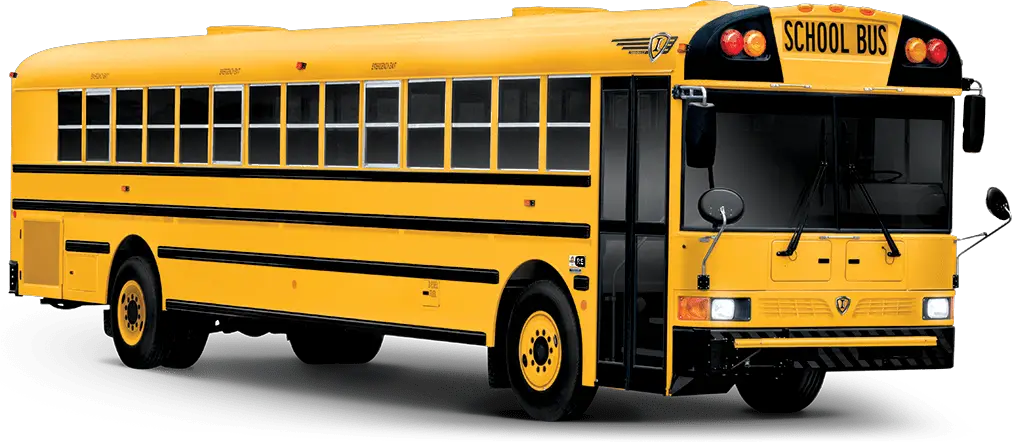School buses play a crucial role in our society, transporting millions of children to and from educational institutions every day. Their size and capacity make them an efficient and convenient means of transit, but their weight can often be a curiosity for many. So how much does a school bus weigh?
A standard school bus, also known as a Type C bus, typically weighs between 14,000 and 19,500 pounds. This weight can vary depending on the manufacturer and the specific model of the bus. Smaller buses like Type A models will have a lower weight, while larger ones such as Type D buses may weigh 25,000 to 35,000 pounds. Variability in weight can be attributed to factors such as the number of seats, materials used in construction, and additional features implemented in the design.
Understanding the weight of a school bus is essential for numerous reasons, including road safety, vehicle maintenance, and fuel efficiency. Moreover, knowing the weight capacity contributes to responsible management and adherence to regulations to ensure a secure and comfortable ride for students on the roads.
We’ll go over everything you need to know about average school bus weight in this article.
School Bus Types and Their Weights
Type A Bus

Type A school buses, also known as mini buses or short buses, typically weigh around 10,000 pounds (4,536 to 6,350 kilograms) when empty. With students and school supplies on board, the weight can increase to as much as 14,500 pounds. These smaller buses are primarily used for shorter routes or transporting a fewer number of students.
Type B Bus

Type B school buses are the mid-range option in terms of size and capacity. While the weight of a Type B bus is not explicitly mentioned in the search results, we can observe that it would lie between the weights of a Type A and Type C bus. These buses are used for both short and medium-distance routes.
Type C Bus

A standard school bus, also known as a Type C bus, typically weighs between 14,000 and 19,500 pounds. This weight can vary depending on the manufacturer and the specific model of the bus.
For example, a Blue Bird school bus may weigh slightly more or less than a Thomas Built bus of the same model. Type C buses are the most commonly used buses for transporting students on longer routes.
Type D Bus

Lastly, Type D buses are the largest and heaviest among school buses. They weigh between 25,000 pounds and 35,000 pounds depending on the number of seats and other configurations.
Type D buses are mostly used for high-capacity transportation, longer routes, and sometimes even for out-of-town trips.
Factors Affecting School Bus Weight

Materials Used in Construction
The materials used in the construction of a school bus directly affect its weight. Common materials include steel and aluminum, with steel being heavier than aluminum. School buses made primarily of steel will have a higher weight than those made of aluminum. Both materials are chosen for their durability, safety, and overall strength.
Engine and Fuel Types
The engine type and fuel used in a school bus also contribute to its overall weight. Diesel engines are more common in school buses due to their fuel efficiency and durability. However, diesel engines are typically heavier than their gasoline counterparts. Additionally, the fuel tanks need to store a considerable amount of fuel, adding to the overall weight of the bus.
Passenger Capacity and Seating Arrangement
The number of seats and passengers on a school bus plays a significant role in determining its weight. Typically, a school bus can accommodate anywhere between 10,000 to 25,000 pounds without any passengers.
Once loaded with students and their supplies, the weight can reach as high as 36,000 pounds.
Seating arrangements can also impact a bus’s weight, as more seats or larger seats will contribute to the overall mass of the vehicle.
Additional Contributions
Several other factors contribute to the weight of a school bus. These may include various conversions of a typical yellow school bus, such as turning it into a mini bus, a mobile classroom, or an RV. Such conversions often involve adding extra components and structures to the bus, which can greatly affect its overall weight.
The gross vehicle weight rating (GVWR) of a school bus is essential in calculating how much weight a bus can safely carry, including passengers, cargo, and fuel. School buses are often classified into categories based on their GVWR: small school bus, medium school bus, and large school bus.
See Related: How Much Do Pop Up Campers Weigh?

